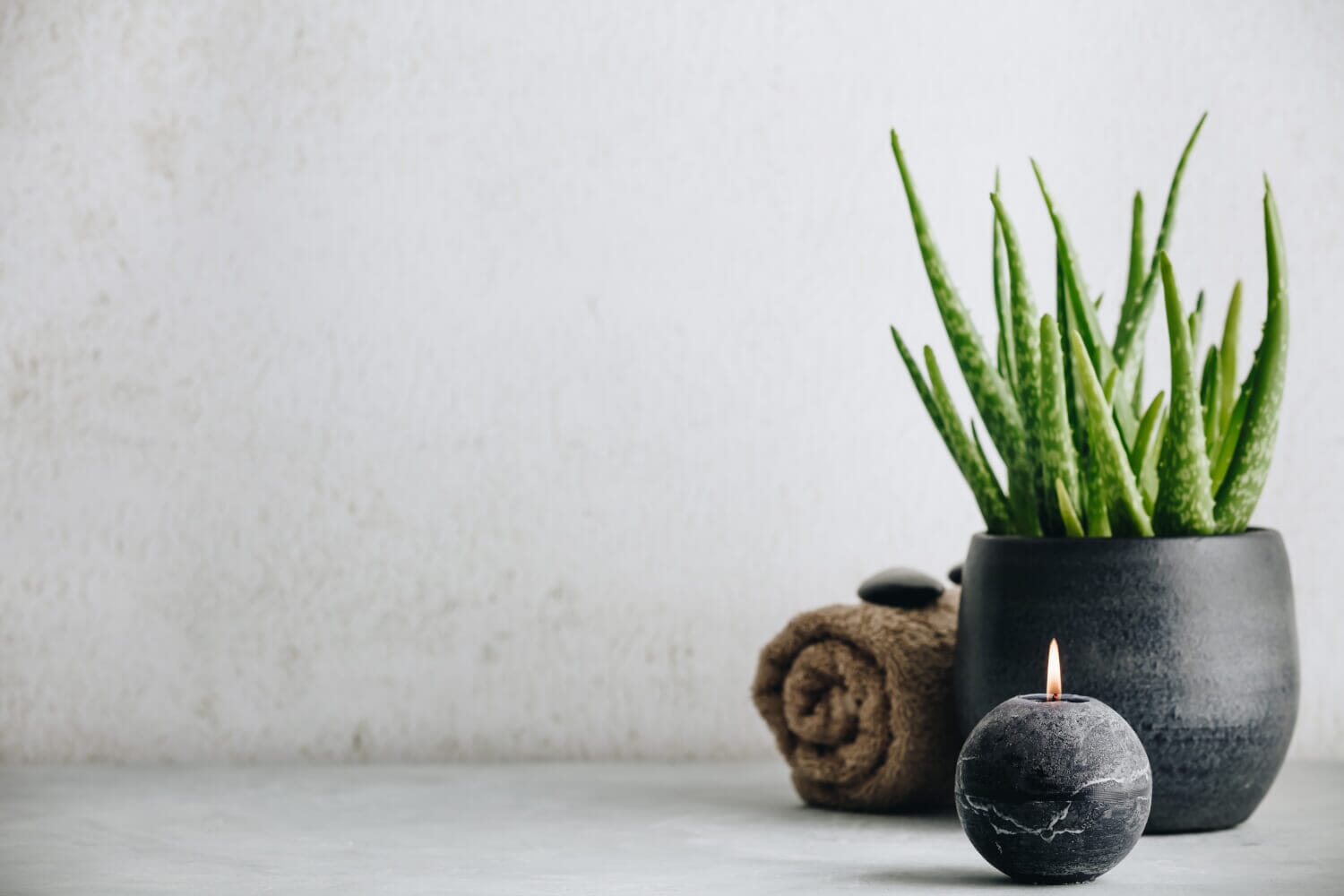Ayurvedic herbs: 4 medicinal plants you can grow yourself
Gardening is a great joy, and the harvest after a day's work is even more so. Fresh fruit, crisp vegetables, and aromatic herbs usually come to mind. But have you ever considered planting medicinal herbs ? Ayurvedic natural medicine knows many healthy herbs that help with various physical ailments. Here, we present four Ayurvedic medicinal plants that you can grow in your garden, on your patio, or on your balcony.
What exactly is Ayurveda?
Ayurveda is a traditional Indian healing art that is still practiced in many Asian countries today and is increasingly finding its way into Western culture. For thousands of years, Ayurveda has taught us about the healing power of nature , which ensures holistic well-being. It examines different types of people and treats their illnesses according to an individualized approach.
This concept is the study of the so-called doshas – the three life forces Vata, Pitta, and Kapha, which determine how we feel physically, mentally, and emotionally. Every person is born with a unique combination of these three energies:
• Vata: People with a particularly strong Vata dosha are open-minded, enthusiastic, and creative. They are active and enjoy movement—usually dancing to lively or gentle music. They are either very short or tall, and their stature resembles that of a marathon runner.
• Pitta: People with a strong Pitta dosha are practical, work in a structured manner, and are excellent project managers. They are usually energetic, have a medium build, and are muscular.
• Kapha: People with a predominance of Kapha dosha are charming, patient, and understanding. Nothing and no one seems to upset their balance. They generally have a stately figure.
The ratio of the three doshas should be balanced. If the vital forces become imbalanced, health problems arise. Ayurveda attempts to restore balance to Vata, Pitta, and Kapha.
Ayurvedic medicinal plants
With a wide selection of different plants in Ayurveda, any imbalance between the three doshas can be combated. Whether leaves or roots, almost all components of Ayurvedic plants have a positive effect on the human organism. We recommend the following four Ayurvedic medicinal plants for your own patch of green.
1. Ashwagandha – Indian Ginseng
Ashwagandha—also known as Indian ginseng and Indian ginseng—is one of the most widely used and well-tolerated medicinal herbs in Ayurveda. This plant, from the nightshade family, is particularly recommended for elevated Vata and Kapha . The plant also has anti-inflammatory properties and helps with conditions such as chronic fatigue, forgetfulness, dizziness, and tremors.
If you want to grow Ashwagandha yourself, you should know that the plant is extremely easy to care for . It grows in both partially shaded and full sun locations and rarely needs watering. It's a true drought specialist , meaning it can survive for several days or even weeks without water.
2. Aloe Vera – exotic beauty
Aloe vera is a true all-rounder —it boasts numerous health-promoting properties. Fresh leaves reduce Pitta and Kapha, while dried leaves increase the importance of the Pitta type. Aloe vera also helps with inflammation and skin problems such as sunburn and burns.
The aloe vera plant is very easy to grow. You don't even need a green area—it can even be grown on a windowsill. You don't have to be a gardening pro either, as this medicinal plant has very few demands. Just make sure you choose a warm, sunny location and water the aloe vera every one to two weeks.
3. Brahmi – effective memory plant
Brahmi—better known as stonecrop—is one of the most widely researched Ayurvedic medicinal plants. It reduces the doshas Vata and Kapha and is even considered sacred in India. Because stonecrop improves learning ability and strengthens the mind, it is often called a memory plant.
To grow your own, you need a warm and bright location . Brahmi is a tropical plant, so temperatures should never drop below 20°C—making it a perfect houseplant. It's also fairly undemanding, but its substrate should always be moist. Brahmi leaves, for example, are excellent for seasoning salads. However, the leaves have a very bitter taste—so you should use them sparingly .
4. Turmeric – yellow ginger
Turmeric is primarily known as a spice . With its bright yellow color, it looks very similar to curry, but its flavor is significantly milder. It is a member of the ginger family and is therefore called yellow ginger. Turmeric boasts numerous beneficial properties : It reduces all three doshas, strengthens the immune system, helps with minor wounds, and is effective against respiratory diseases.
If you want to grow turmeric yourself, simply buy a piece from the supermarket and let it germinate first—all you have to do is wait. Then place the germinated piece in a pot of potting soil. Turmeric grows best in a partially shaded location with moist soil and at room temperature .
The power of Ayurvedic medicine
Ayurveda relies on the healing power of plants and their positive effects on body, mind, and soul. Trust in this and choose one of our four recommended Ayurvedic medicinal herbs . No matter which one you choose, we hope you enjoy growing and experimenting!















